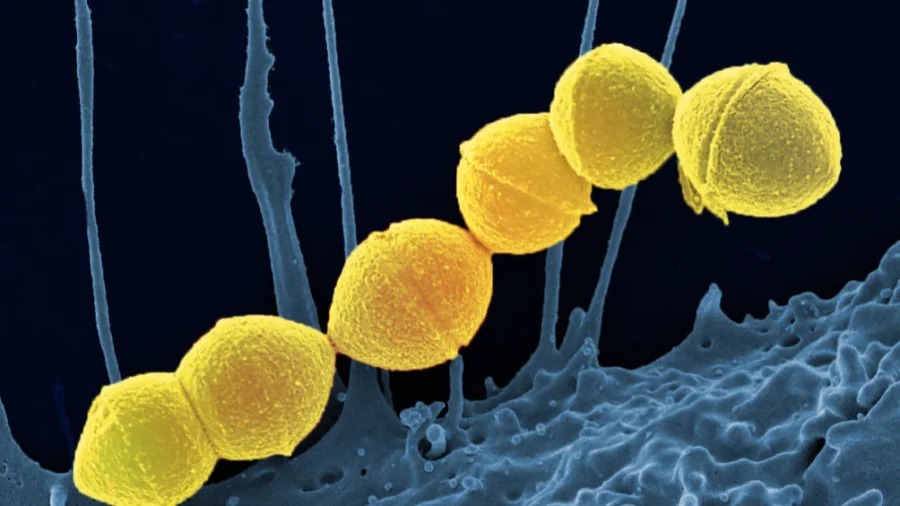A potentially lethal disease caused by a rare bacteria has been spreading at an unprecedented pace in Japan, health data show.
As of June 2, Japan’s National Institute of Infectious Diseases (NIID) counted 977 cases of streptococcal toxic shock syndrome (STSS), surpassing the previous record of 941 cases for all of last year.
Despite the outbreak, Japanese authorities have called upon tourists not to cancel their trips to Japan.
STSS is caused by certain strands of Group A Streptococcus (GAS) bacteria. Though GAS typically causes fever and throat infections in children—commonly known as “strep throat”—in some rare cases, the bacteria produce a toxin that allows it to enter the bloodstream, called invasive GAS (iGAS) in medical terms.
This can lead to serious consequences such as tissue necrosis and STSS.
According to the Centers for Disease Control and Prevention (CDC), STSS patients initially suffer from fever, muscle pain, and vomiting. After these initial symptoms, patients will develop low blood pressure, followed by a fast increase in the infection, potentially leading to liver and renal failure and, ultimately, death, all within as little as 48 hours.
Though the Japanese Health Ministry did not provide a concrete death toll, up to 30 percent of infected people may not survive STSS, even with treatment, according to CDC Data.
Japan has been monitoring the infection since 1999. According to a risk assessment from the NIID published late March, the increase in STSS cases was most notable among those over 50 and males (57 percent compared to 43 percent in women).
Research from the NIID showed that one of the strands found in the STSS patients originated from the UK.
According to the WHO, at least five European nations reported a spike in GAS infections in 2022 after COVID-19 restrictions were lifted. Children under ten were the most affected age group, suffering mild throat illnesses, including scarlet fever.
But “unusual” numbers of invasive GAS infections in children under ten were also reported, notably in France, Ireland, the Netherlands, Sweden, the UK, and Northern Ireland, with some children not surviving.
GAS bacteria are very contagious. Transmission occurs by close contact with an infected person and can be passed on through coughs, sneezes, or wounds.
In terms of public health measures, the NIID advised good hand hygiene, cough etiquette, and clean treatment of wounds such as abrasions. It also recommended early consultation when symptoms emerge.

